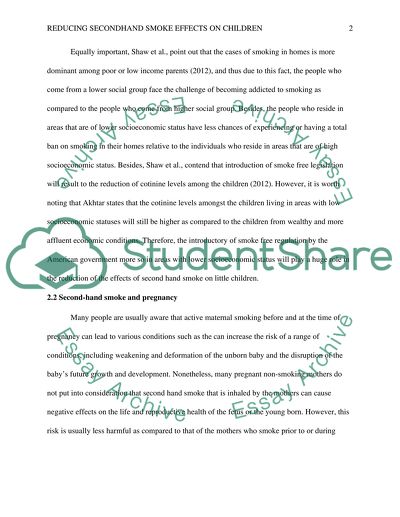Cite this document
(“Reducing Secondhand Smoke on Children Research Paper - 1”, n.d.)
Retrieved from https://studentshare.org/nursing/1678673-reducing-secondhand-smoke-on-children
Retrieved from https://studentshare.org/nursing/1678673-reducing-secondhand-smoke-on-children
(Reducing Secondhand Smoke on Children Research Paper - 1)
https://studentshare.org/nursing/1678673-reducing-secondhand-smoke-on-children.
https://studentshare.org/nursing/1678673-reducing-secondhand-smoke-on-children.
“Reducing Secondhand Smoke on Children Research Paper - 1”, n.d. https://studentshare.org/nursing/1678673-reducing-secondhand-smoke-on-children.


